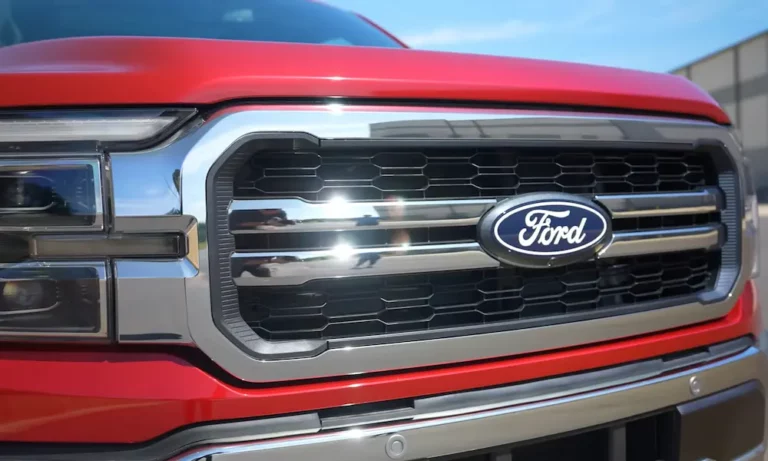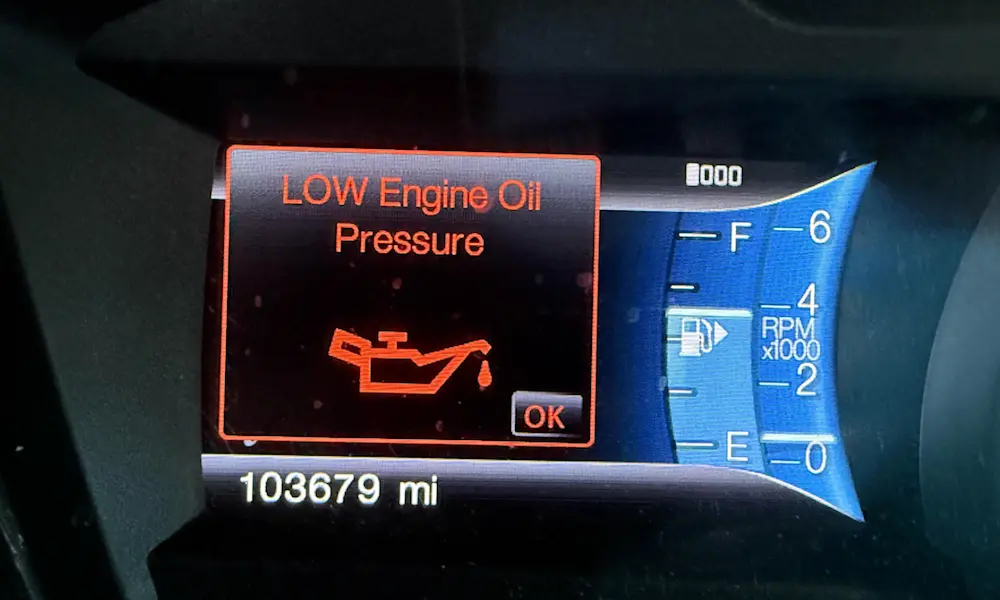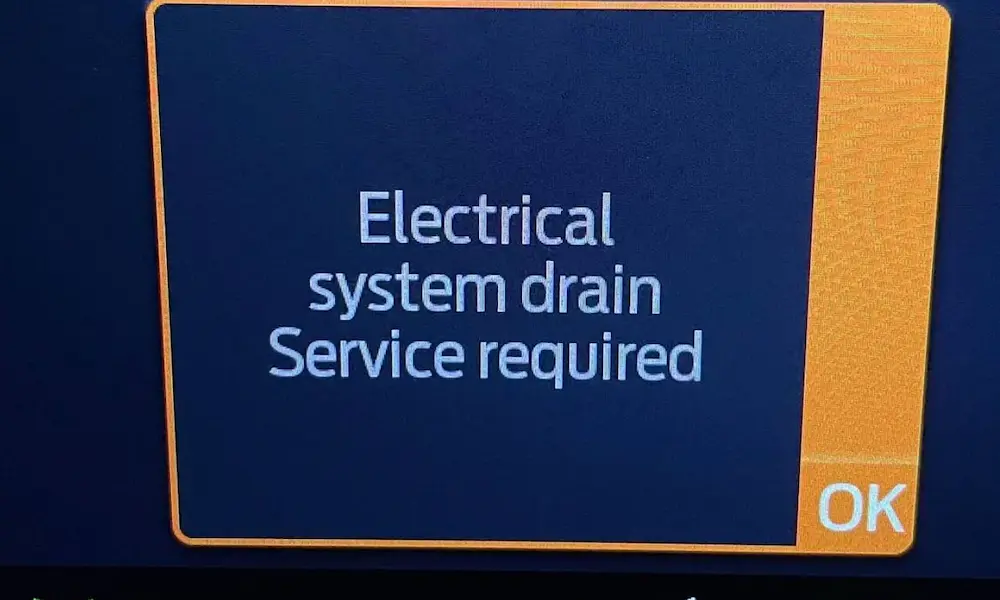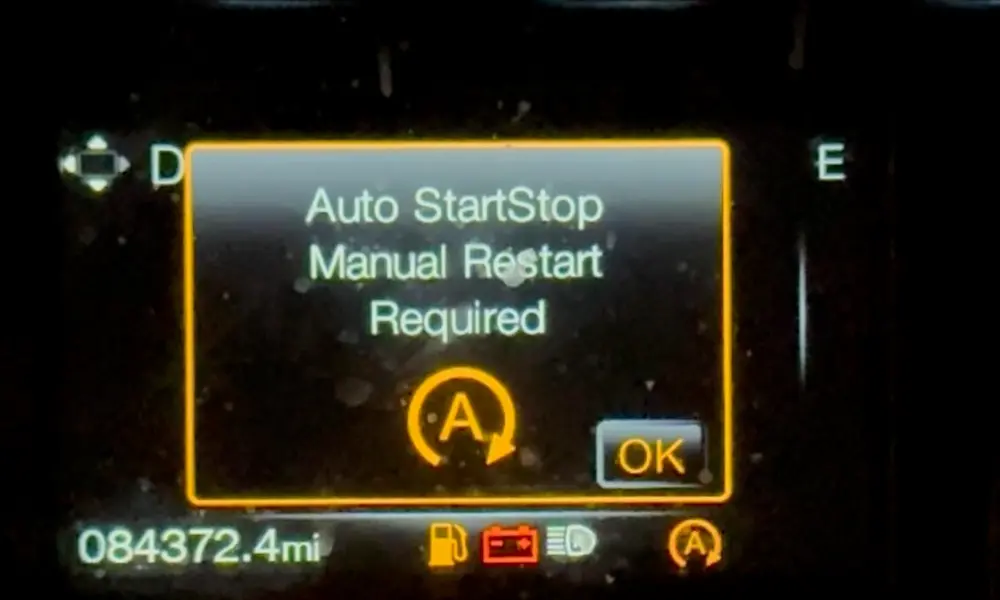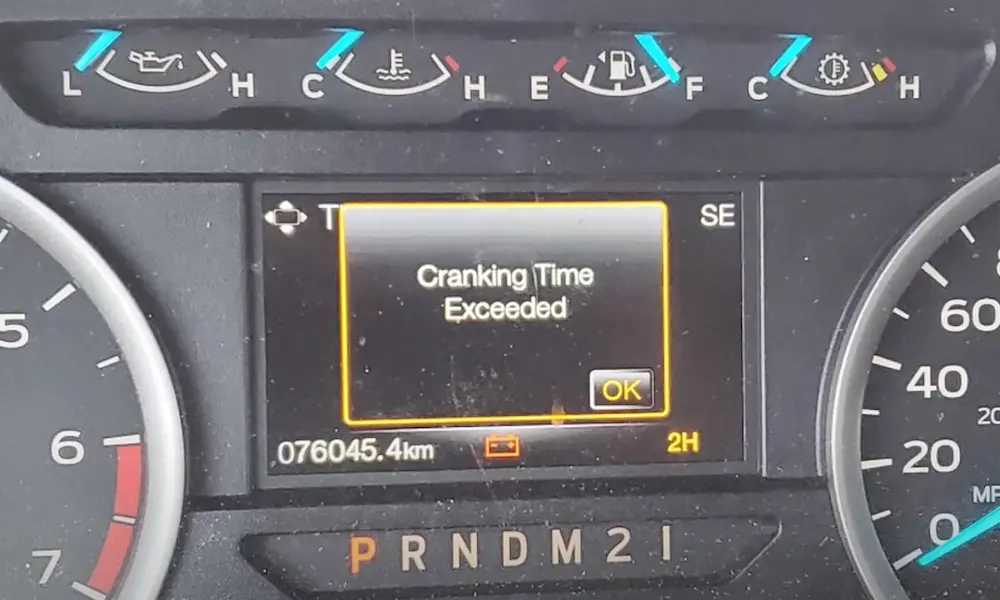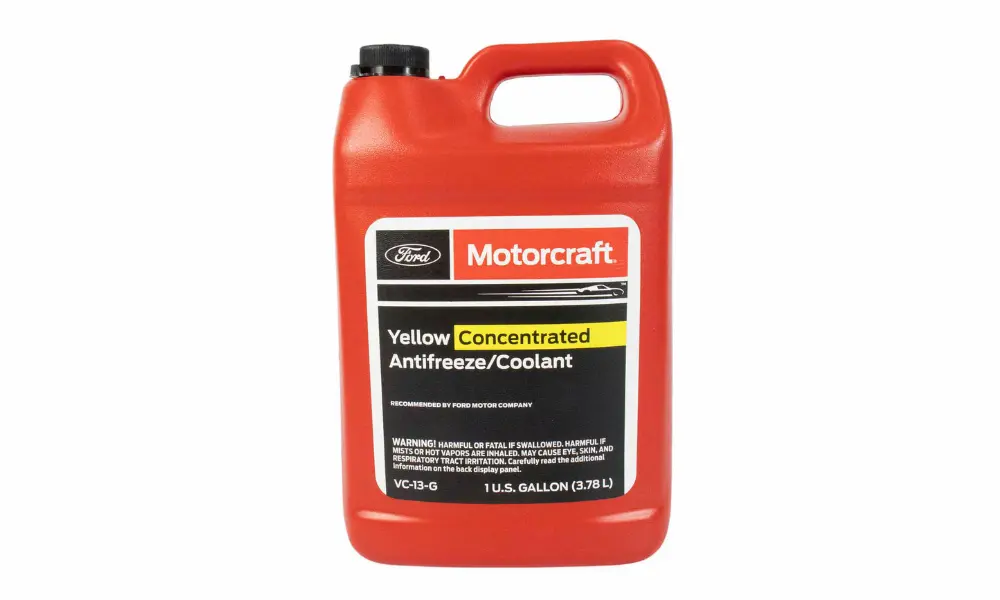Keeping your Ford F-150 in top shape is crucial for its performance and longevity. One important aspect of regular maintenance is knowing the location of your fuel filter. You can find the fuel filter along the fuel line, near the fuel tank or close to the engine. This simple service step can make a big difference in your truck’s engine performance. Stay tuned to learn how this article will solve your problem and get your truck running smoothly again!
Locating the Fuel Filter on Your Ford F-150
Finding the fuel filter on your Ford F-150 depends on the type of engine you have. In gasoline engines, the filter is usually along the fuel line, while in diesel models, it might be in different locations.
Fuel Filter Location for Gasoline Engines
For gasoline engines, the fuel filter is typically located near the fuel tank or along the fuel line. You can find it by following these steps:
- Check Under the Truck: Look between the gas tank and the engine. The filter is usually attached to the frame rail.
- Refer to the Owner’s Manual: This guide often shows the exact spot for your specific model year.
- Locate the Fuel Line: The fuel line runs from the tank to the engine. The filter is likely somewhere along this path.
It’s important to ensure the flow arrow on the new filter points towards the engine when you replace it.
Fuel Filter Location for Diesel Models
In diesel models, the fuel filter is often located in the engine compartment or near the fuel tank. Here’s how you can find it:
- Check the Engine Bay: Many diesel F-150s have the filter mounted near the engine. Look for a small canister with fuel lines coming out of it.
- Look Near the Fuel Tank: If it’s not in the engine bay, follow the fuel line back to the tank. The filter might be mounted on the frame rail close to the tank.
- Consult the Manual: Your owner’s manual can provide the exact location for different model years and help you identify the filter’s precise location.
Remember, the position might vary slightly based on the year and specific model of your Ford F-150. Always ensure you’re working with the right information for your truck.
Step-by-Step Guide to Fuel Filter Replacement
Replacing the fuel filter on your Ford F-150 is a key maintenance task that prevents clogging and ensures your engine runs smoothly. The process involves preparing for replacement, accessing, removing, and installing the fuel filter, followed by a checklist to ensure everything is in order.
Preparing for Replacement
Before you start, make sure you have all the necessary tools and parts. You’ll need a new fuel filter, a line compression removal tool, and a metal retaining clip. Safety is important, so wear safety glasses and gloves. Ensure your vehicle is parked on a level surface with the engine off to avoid accidents.
Relieving the fuel pressure is a crucial step. Locate the fuel pump fuse in your F-150’s fuse box and remove it. Start the engine and let it run until it stalls. This step prevents fuel spray when you disconnect the filter.
Accessing the Fuel Filter
The fuel filter on a Ford F-150 is typically located along the fuel line, near the fuel tank, or beneath the driver’s side door. Crawl under your truck to locate the filter. Having the truck on jack stands can make this easier. Keep your tools within reach to avoid unnecessary trips up and down.
Using a flashlight can help you see better under the truck. Ensure the area is clean to prevent dirt from entering the fuel lines when you disconnect the filter. Marking the direction of fuel flow on the filter will help during reinstallation.
Removing the Old Fuel Filter
To remove the fuel filter, first, unhook the metal retaining clip holding the filter in place. Next, position the line compression removal tool on the filter’s front end. Pull the fuel lines away from the filter carefully to avoid damaging them.
Check for a screen on the fuel filter. If present, remove it as well. Inspect the old filter for clogging or other signs of wear, which confirms the need for replacement. Properly dispose of the old filter according to your local regulations.
Installing the New Fuel Filter
Take the new fuel filter and compare it to the old one to ensure it’s the correct part. Attach the screen to the new filter if your model has one. Align the new filter in the same direction as the old one, paying attention to the fuel flow direction.
Reconnect the fuel lines to the new filter securely. Use the metal retaining clip to hold the filter in place. Make sure all connections are tight to prevent fuel leaks. Double-check your work before moving on to the next step.
Post-Replacement Checklist
Replace the fuel pump fuse you removed earlier from the fuse box. Start the engine and let it run for a few minutes. Check for any fuel leaks around the new filter. If there are no leaks, the installation was successful.
Restart the engine a few times to ensure the fuel system is pressurized and functioning properly. Take your F-150 for a short drive and monitor for any issues. If everything runs smoothly, you’ve successfully replaced your fuel filter. Regularly check the fuel filter and other parts as part of your vehicle’s maintenance routine.
Additional Maintenance Considerations
Keeping up with regular maintenance is key to the longevity of your Ford F150. Paying attention to various filters and considering the option of lifetime fuel filters will ensure your truck runs smoothly.
When to Replace Other Filters
Your Ford F150 doesn’t just rely on a fuel filter. Air filters should be checked every 15,000 to 30,000 miles. If you often drive in dusty conditions, consider checking and replacing them sooner. A clean air filter improves engine performance and fuel economy.
Cabin air filters are crucial for the air quality inside your vehicle. These should be replaced every 15,000 to 20,000 miles. Like the air filters, if you notice a musty smell or reduced airflow, it might be time to change it sooner.
Staying on top of these replacements ensures your vehicle’s performance stays optimal, and you stay comfortable.
Understanding Lifetime Fuel Filters
Some newer Ford F150 models come with a lifetime fuel filter. This type of filter is designed to last the lifetime of the vehicle and doesn’t require regular changes. It’s located inside the fuel tank as part of the fuel pump assembly.
Choosing lifetime fuel filters can reduce the hassle of frequent replacements. However, it’s still important to ensure the filter remains in good condition. If your truck shows signs of fuel delivery issues, it could mean the filter needs attention.
Always get your vehicle serviced regularly to check on the performance of these components. This will help you avoid potential issues and keep your Ford F150 running smoothly.
Final Thoughts
Taking care of your Ford F150 through regular maintenance is essential. Knowing where your fuel filter is located can save you time and money.
For many recent models, the fuel filter is part of the fuel pump assembly, making it a non-serviceable part. This means you don’t need to change it separately.
Before attempting any maintenance, always consult your owner’s manual. It provides specific instructions relevant to your vehicle.
If you’re unsure, seeking professional service can ensure the job is done correctly. Regular maintenance, including checking the fuel filter, keeps your Ford F150 running smoothly.
Keeping your truck in top shape not only enhances performance but also prolongs its life. Don’t neglect this important aspect of your vehicle’s upkeep.

